Introduction
In the vast culinary landscape of Asia, where flavors blend seamlessly across borders and traditions, one ingredient stands out for its unique texture and versatility: pork floss. Often referred to as “meat floss” or “meat silk,” this delicate, shredded meat product has become a staple in many households, not just for its taste but also for the convenience it offers in a variety of dishes. From being a key component in traditional snacks like pork floss buns to being a delightful topping on modern desserts, pork floss has carved a niche for itself in the hearts and palates of food enthusiasts worldwide. This article aims to provide a comprehensive introduction to pork floss, exploring its origins, production methods, nutritional value, culinary uses, and cultural significance.
Origins and Historical Background

The exact origin of pork floss remains somewhat shrouded in mystery, with various regions across Asia claiming it as their own. However, most historians agree that the concept of shredded meat dates back centuries, with early forms appearing in Chinese cuisine. Traditionally, pork was a precious commodity, and every part of the animal was meticulously used to avoid waste. During the process of cooking and preserving meat, some cooks discovered that by simmering pork until it was tender and then shredding it finely, they could create a lightweight, flavorful product that could be stored for longer periods.
Over time, this shredded meat evolved into what we now know as pork floss. The term “floss” itself is derived from the English word “floss,” meaning soft and fluffy, which aptly describes the texture of the final product. Initially, pork floss was primarily enjoyed by the aristocracy due to its labor-intensive production process and the high cost of pork. However, as techniques improved and became more streamlined, pork floss gradually became more accessible to the common folk, eventually becoming a beloved snack across Asia.
Production Methods
The production of pork floss involves several meticulous steps, each contributing to the final texture, flavor, and shelf life of the product. Here’s a breakdown of the typical production process:
-
Selection of Ingredients: High-quality pork, usually the lean cuts like pork shoulder or pork belly, is selected for making pork floss. The meat is trimmed of any fat and sinew to ensure a smooth texture. Seasonings such as salt, sugar, soy sauce, five-spice powder, and sometimes MSG (monosodium glutamate) are also prepared.
-
Cooking the Meat: The pork is cooked slowly in a large pot with water and some of the seasonings. This can take several hours, depending on the size of the batch and the desired tenderness of the meat. The cooking process is crucial as it helps to break down the muscle fibers, making the meat easier to shred.
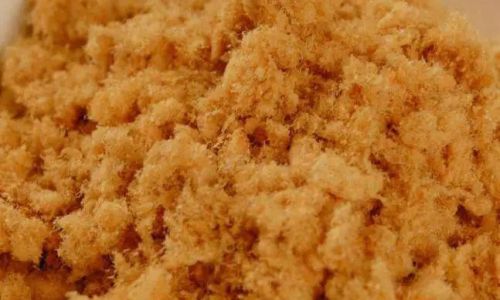
-
Shredding the Meat: Once the meat is cooked to perfection, it is removed from the pot and allowed to cool slightly. It is then shredded by hand or using a meat grinder with a coarse blade. The shredding process requires skill and patience to achieve the desired fluffy texture.
-
Drying and Seasoning: The shredded meat is then spread out on trays and dried in an oven or under the sun. The drying process浓缩了the meat’s flavors and removes any excess moisture, making the pork floss light and easy to store. After drying, the pork floss is tossed with the remaining seasonings to coat each strand evenly.
-
Packaging and Storage: The seasoned pork floss is then packaged in airtight containers or vacuum-sealed bags to preserve its freshness and flavor. Properly stored, pork floss can last for several months.
Modern production methods have automated many of these steps, making the production of pork floss more efficient and cost-effective. However, some artisan producers still adhere to traditional methods, believing that the handcrafted touch adds a unique flavor and texture to their products.
Nutritional Value
When it comes to nutrition, pork floss offers a mix of macronutrients, vitamins, and minerals. However, it’s important to consume it in moderation due to its high sodium and sugar content. Here’s a closer look at its nutritional profile:

- Protein: Pork floss is a good source of protein, making it a suitable snack for athletes and those looking to maintain muscle mass.
- Fat: While pork floss contains some fat, it’s primarily unsaturated fat, which is considered healthier than saturated fat. However, the overall fat content can be high, so portion control is key.
- Carbohydrates: The added sugar during production boosts the carbohydrate content of pork floss. This makes it a higher-calorie snack, so it should be enjoyed in moderation.
- Sodium: Pork floss is often high in sodium due to the addition of salt and soy sauce during production. High sodium intake can lead to hypertension and other health issues, so it’s important to monitor your intake.
- Micronutrients: Pork floss provides a range of vitamins and minerals, including iron, zinc, and B vitamins, which are essential for overall health.
Culinary Uses
The versatility of pork floss makes it a valuable addition to a wide range of dishes. Here are some popular culinary uses:
-
Snacks and Desserts: Pork floss is a staple ingredient in traditional Asian snacks like pork floss buns (also known as rousong baozi) and pork floss bread. It’s also a delightful topping for desserts such as ice cream, yogurt, and even cupcakes.
-
Main Courses: Pork floss can be incorporated into main dishes like stir-fries, omelets, and rice dishes. Its flavor and texture add a unique twist to familiar favorites.
-
Salads and Wraps: For a savory twist on salads or wraps, sprinkle pork floss over the top. It adds a crunchy texture and a burst of flavor that complements fresh vegetables and proteins.
-
Appetizers: Pork floss can be used to create appetizing hors d’oeuvres, such as stuffed mushrooms or deviled eggs. Its light, fluffy texture and savory flavor make it an excellent choice for party food.
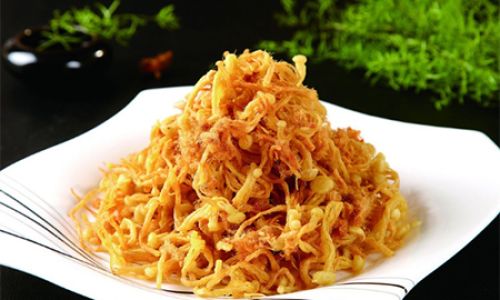
-
Breakfast Foods: Add pork floss to scrambled eggs, toast, or pancakes for a hearty and flavorful start to the day.
Cultural Significance
Beyond its culinary uses, pork floss holds a special place in the cultural heritage of many Asian countries. In Taiwan, for example, pork floss is a symbol of the island’s culinary identity, with local producers offering a variety of flavors and textures to suit different tastes. In China, pork floss is often associated with festivals and special occasions, where it’s served as a snack or used as an ingredient in traditional dishes.
In Japan, pork floss (known as katsuobushi) is a key component in dishes like okonomiyaki and takoyaki, reflecting the country’s long history of importing and adapting foreign culinary traditions. Similarly, in South Korea, pork floss (known as ddeokbokki) is a popular topping for rice cakes and other snacks, showcasing the country’s unique culinary fusion.
Conclusion
In conclusion, pork floss is a delightful and versatile ingredient that has earned its place in the hearts and kitchens of food enthusiasts worldwide. From its humble origins as a way to preserve and utilize every part of the pork, to its modern status as a beloved snack and culinary staple, pork floss has come a long way. Its unique texture, flavor, and nutritional profile make it a valuable addition to a wide range of dishes, while its cultural significance underscores its importance in the culinary heritage of many Asian countries.
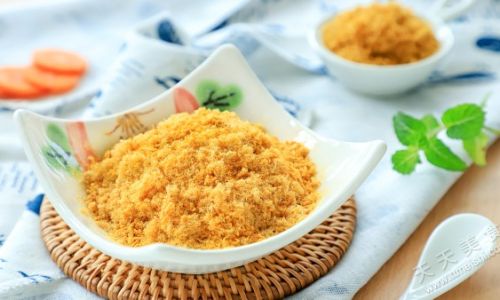
As we continue to explore and appreciate the diverse flavors of the world, pork floss stands as a testament to the ingenuity and creativity of humankind in transforming simple ingredients into extraordinary culinary delights. Whether you’re enjoying it as a snack on its own or incorporating it into your favorite dishes, pork floss is sure to bring a smile to your face and a sense of wonder to your taste buds. So, the next time you’re in the mood for something savory and fluffy, don’t hesitate to give pork floss a try—you might just discover a new culinary love affair.
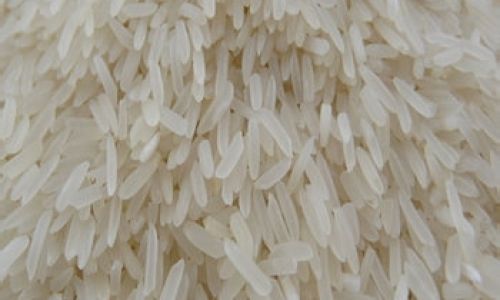
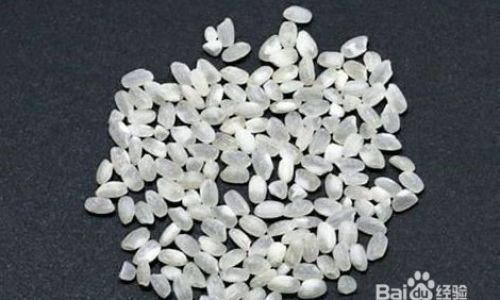
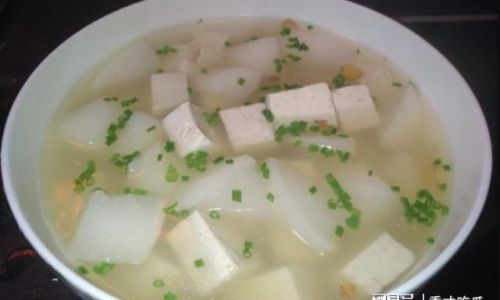
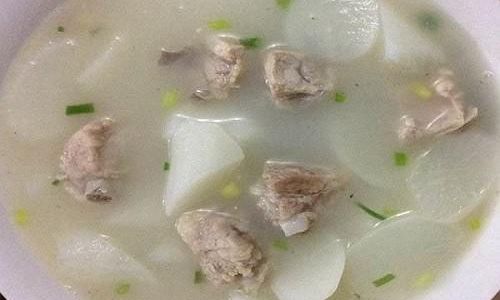
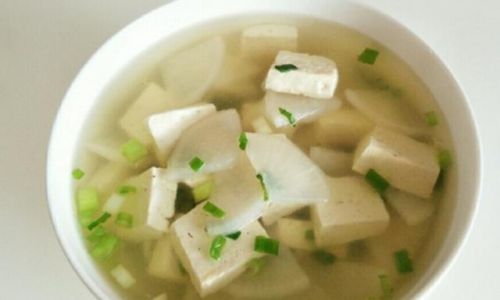
0 comments